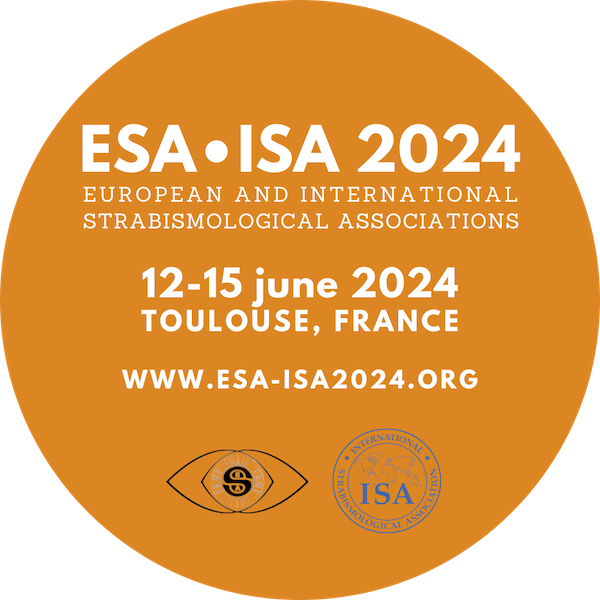
Session: Poster session C
Outcome of strabismus surgery in patients of type 3 Gaucher's disease
Introduction
Gaucher’s disease (GD) is an autosomal recessive
lysosomal storage disorder. Three phenotypes are recognized: type 1
(GD1),Type 2 (GD2), and type 3 (GD3), the neuronopathic or
chronic type which represents 5% of all cases. The
earliest neurological defect in GD3 is horizontal
saccadic movement initiation failure (SIF),
Other ocular motor abnormalities include strabismus, nystagmus,
and an abnormal vestibulo-ocular reflex. Strabismus
(mostly esotropia) is present in 22%.
Purpose
Surgical correction of esotropia in patients of neuronopathic Gaucher’s disease (GD) type 3 aiming to improve the cosmetic appearance with the evaluation of the success rate, presence of residual angle, or recurrence during the follow-up period.
Patients and methods
Ten patients with type 3 neuronopathic GD were referred from the Pediatric Gastroenterology and Neurology Units of Mansoura Children’s Hospital. All patients suffered from systemic, neurological, and ophthalmological manifestations such as hepatosplenomegaly, horizontal gaze palsy and esotropia, respectively. They received enzyme replacement therapy, and showed a stationary course for at least 1 year before strabismus surgery.
Patients were admitted and operated for correction of esotropia. They were followed up regularly every month for 1 year. Postoperative data were recorded at the end of 1, 3, 6, and 12 months.
Results
In all, 80% of cases showed improvement of the angle. Orthotropia (within 10 pd) was obtained at the end of 6 months and maintained till the end of 1 year postoperatively; 20% of the cases showed residual esotropia.
Conclusion
Surgical correction of strabismus in type 3 GD can achieve good cosmetic results with low risk of residual angle or recurrence.